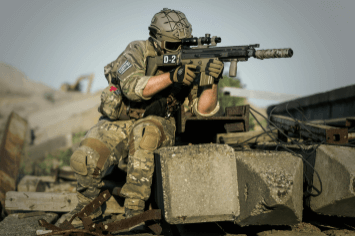Clipart:3ahfskfw2pk= Militarism

The representation of militarism in Clipart:3ahfskfw2pk= Militarism serves as a compelling lens through which to examine societal attitudes towards military power and conflict. By employing recognizable symbols and artistic styles, these visuals not only influence public perception but also shape the narrative surrounding military engagements. As we explore the historical context and implications of such imagery, it becomes evident that the portrayal of militarism is far from straightforward. What remains to be uncovered is how these artistic choices reflect and reinforce broader societal values and individual freedoms, prompting a deeper inquiry into their significance.
Definition of Clipart:3ahfskfw2pk= Militarism
Clipart:3ahfskfw2pk= Militarism, often characterized by an excessive reliance on military strength and the prioritization of military objectives over civilian needs, encapsulates a pervasive ideology that influences both governance and societal values.
This military ideology fosters aggressive nationalism, where the might of armed forces is celebrated over democratic principles. Such a worldview can overshadow the pursuit of liberty, stifling the essential freedoms of individuals and communities.
Read More Clipart:-2g6mao59xm= Milk
Visual Representation in Clipart
In the realm of visual communication, Clipart:3ahfskfw2pk= Militarism serves as a powerful tool for conveying complex themes such as militarism. Through the use of iconic symbols—like helmets, flags, and weapons—clipart encapsulates the essence of military culture.
Diverse artistic styles, from minimalist to detailed, enhance these representations, allowing audiences to engage critically with the imagery, fostering a deeper understanding of militarism’s multifaceted nature.

Impact on Public Perception
While the imagery associated with militarism often evokes strong emotional responses, it simultaneously shapes public perception in profound ways.
Visuals of military power saturate media, influencing public opinion by framing conflict as necessary or heroic. This portrayal can obscure the complexities of war, cultivating a narrative that prioritizes strength over diplomacy, ultimately steering societal attitudes toward acceptance of militaristic ideals in pursuit of freedom.
Historical Context and Examples
Throughout history, militarism has often emerged as a dominant force, shaping nations and their identities.
From the military expansion of ancient Rome to the cultural influences of World War II, societies have intertwined their destinies with armed power.
This symbiotic relationship reveals how militaristic ideologies can transform cultural landscapes, often at the expense of individual freedoms, highlighting the delicate balance between strength and liberty.
Read More Clipart:2f81czvtxgc= Fried Egg
Conclusion
In the intricate tapestry of militarism, Clipart:3ahfskfw2pk= Militarism serves as a vivid lens, capturing both valor and the weight of sacrifice. Each symbol, from the gleam of a helmet to the flutter of a flag, invites contemplation of legacy and consequence. Yet, beneath the surface, questions linger—what is the true cost of such heroism? As these images resonate, they challenge perceptions, urging a deeper exploration of the narratives that shape society and the enduring implications of militaristic ideals.






